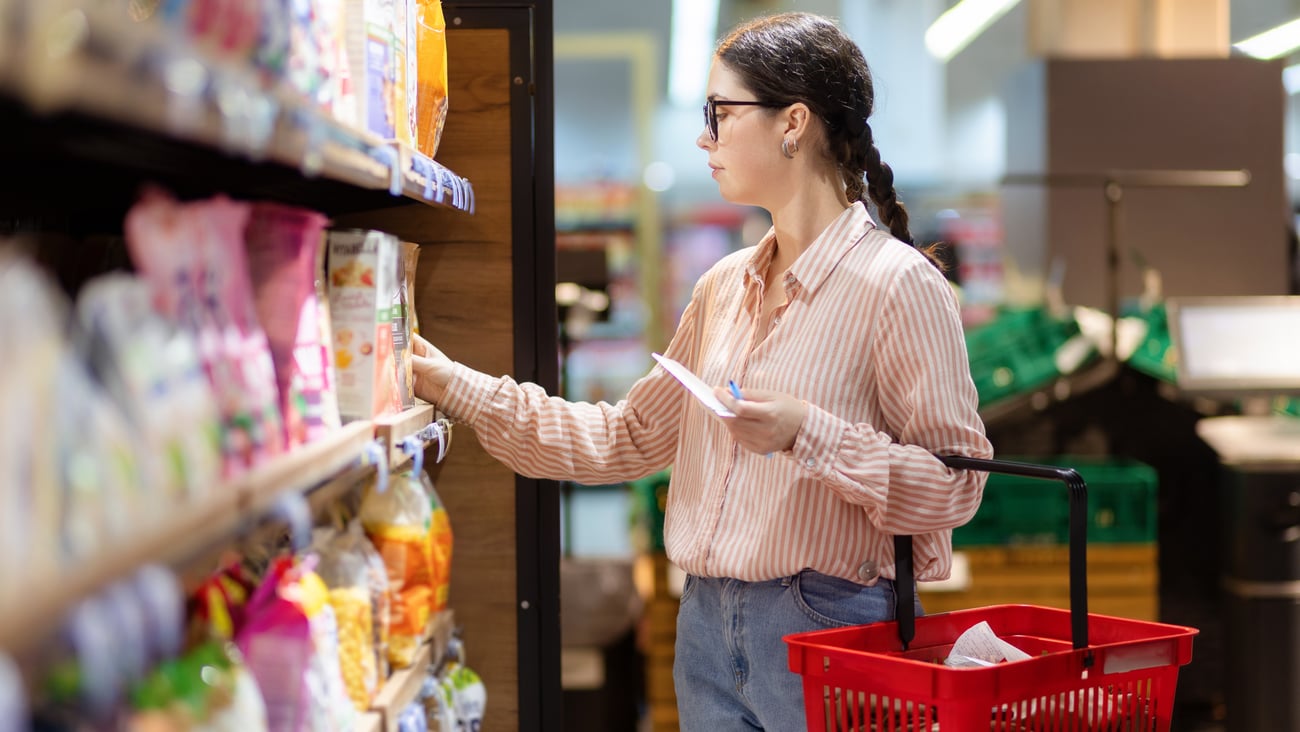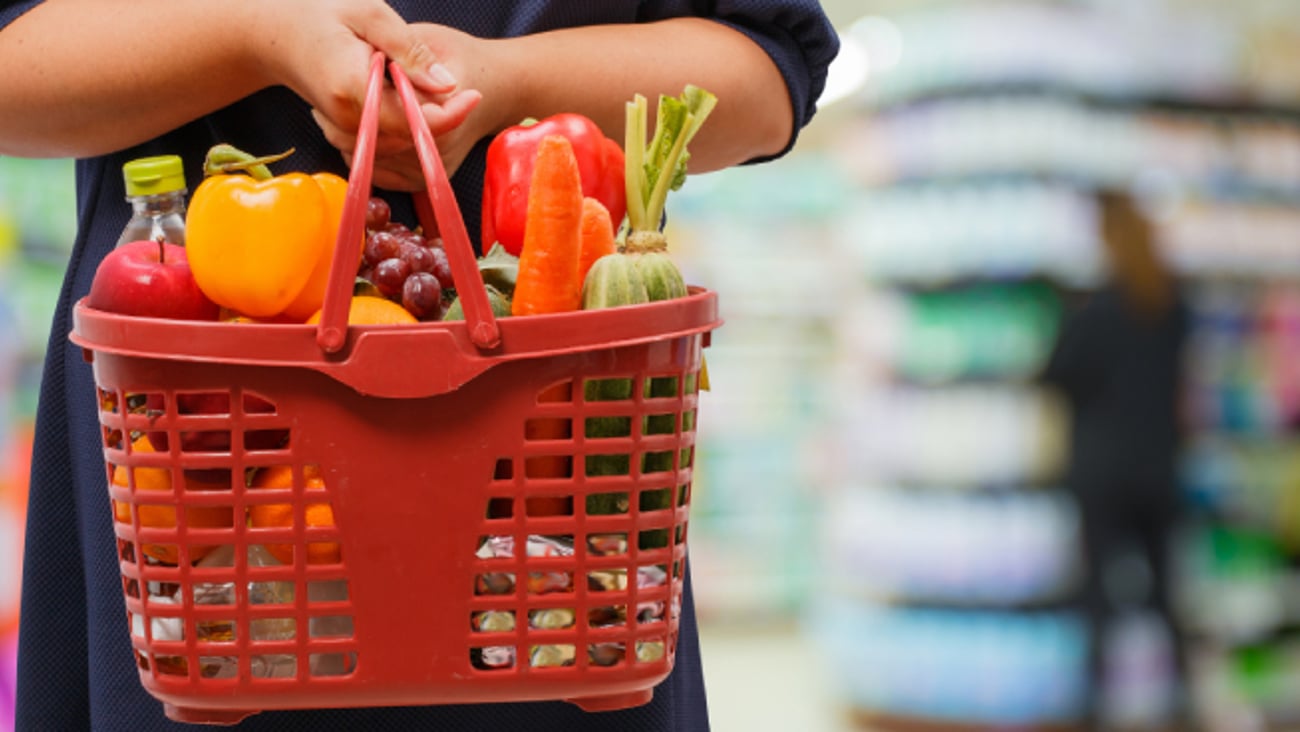What behaviours will be stickiest?
As Canadians continue to manage through the pandemic, it is clear that the period of initial infection and subsequent lockdown has had a profound impact on the consumer psyche that’s likely to impact behaviours for years to come. Ipsos pandemic sentiment reporting (Ipsos Essentials, Wave 48) finds the majority (65%) of Canadians remain in a period of acclimation to these evolving circumstances, while only 17% believe that we have entered the post-pandemic phase.
Identifying and applying learnings from many of the shifts already in the books will have important implications for those in the food and beverage industry. For most, successful results will demand discipline and a commitment to being future-focused, delivering what consumers want at the right time, in the right place and with the right format. Determining the stickiness of consumer behaviours, beliefs and needs is key to being future-focused.
FUTURECASTING CONSUMPTION HABITS Futurecasting work underway at Ipsos is applying the “stickiness” formula to create “what-if” simulations to assist with forecasting initiatives, enhance communications and fine-tune marketing spend. While consumer behavioural changes are not linear, the future stickiness of evolving habits is evaluated in a two-step process. The first step involves investigating satisfaction with current habits. While we may have been forced into change early on in the pandemic, many consumers have found time, cost and lifestyle benefits connected to where they now eat.
It’s important to gauge change by evaluating how daily regimes have evolved between March 2020 and today. Some habits with notable stickiness in daily routines are influenced by a variety of factors such as working from home, increased movement out of home, presence of kids, on-hand convenience, solo dining habits, evolving needs for comfort and nostalgia and an increased focus on well-being.
Here are three behaviours (of the many investigated) that are projected to remain sticky:
• Foodservice delivery—Ipsos Foodservice Monitor reports that the delivery channel currently represents more than 8% of all traffic, with usage rates increasing throughout the pandemic period, up 51% versus the pre-pandemic era.
• Coffee at home—Ipsos FIVE reports a rising share of coffee servings now consumed at home (+9%) versus the pre-pandemic period. While there has been a slight softening of home coffee habits since June 2021, home consumption rates remain well above those of the pre-pandemic era.
• On the go snacking—Ipsos FIVE reports that while portable snacking occasions plunged in the initial lockdown period, they have slowly rebounded on a monthly basis as a result of easing restrictions.
Conversely, a couple of behaviours that emerged early in the pandemic have declined in stickiness:
• Scratch baking—Ipsos FIVE reports that early surges in scratch baking have receded considerably, particularly over the past six months. While overall baking remains ahead of pre-pandemic rates, growth has been driven by mixes, kits and frozen options.
• Social evening snacking—Ipsos FIVE reports that social evening snacking rates have softened when compared to both the pre-pandemic period and early pandemic period (April 2020 to September 2020) as a result of an increase in afternoon snacking and more solo evening “distracted snacking.”
FUTURE ROUTINES The second step of our behavioural stickiness evaluation is critical; it involves determining how a variety of triggers, which are key to behavioural change in data models, will fare in future scenarios. For example, pandemic-era work- from-home habits have had a tremendous impact. FIVE data reveals that a third of Canadians (33%) now work from home. The majority of those in work-from-home mode (75%) report they would like to remain in a hybrid home/office situation.
In a time when little about the future is predictable, our investigation finds consumers actually are somewhat predictable. As we find ourselves well into the second year of the pandemic with many uncertainties ahead, clear habits and routines have emerged and will remain sticky. Identifying, acknowledging and factoring preference shifts into plans can provide retailers, food and beverage manufacturers and foodservice operators with a solid foundation for growth as we head toward the future.
This column appeared in Canadian Grocer's September/October 2021 issue.




